Enhancing client outcomes: integrating Tai Chi into occupational therapy practice
26 Nov 2025
Theatre 3
Explore how evidence-based Tai Chi and Qigong movements can be effectively integrated into occupational therapy interventions across diverse client populations.
This session will demystify Tai Chi's "active ingredients"; demonstrating practical applications for clients with musculoskeletal conditions, neurological disorders, cardiovascular disease and mental health conditions.
Participants will gain insights into:
- The origins and evolution of Tai Chi and Qigong
- The scientific evidence supporting Tai Chi's inclusion in a range of guidelines
- Practical adaptations for different client populations and clinical settings
- Key principles for incorporating Tai Chi elements into existing occupational therapy treatment plans
- Clinical reasoning is the core skill - occupational therapists don't need to be high level practitioners; they need to understand the evidence for it's use with a range of conditions
- Connection with the 'theme of “doing”, “being”, and “becoming”.
- Alignment with occupational therapy's holistic approach - Tai Chi naturally integrates physical, cognitive, emotional, and social elements, resonating with occupational therapy's whole-person perspective on health and function
- Occupation-based integration - Tai Chi principles can be woven into everyday occupations rather than existing solely as standalone exercises, supporting functional outcomes






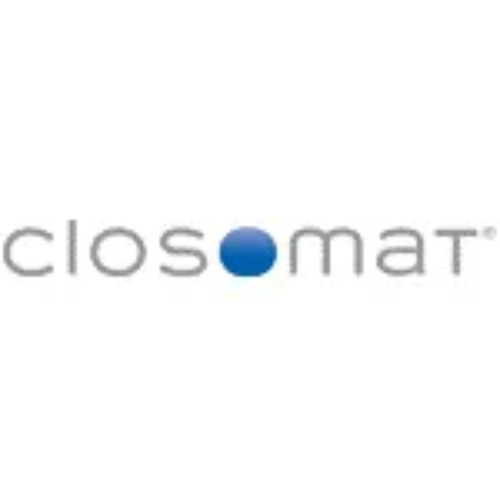


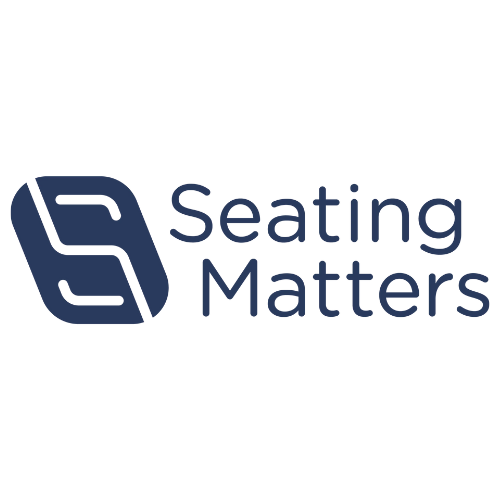



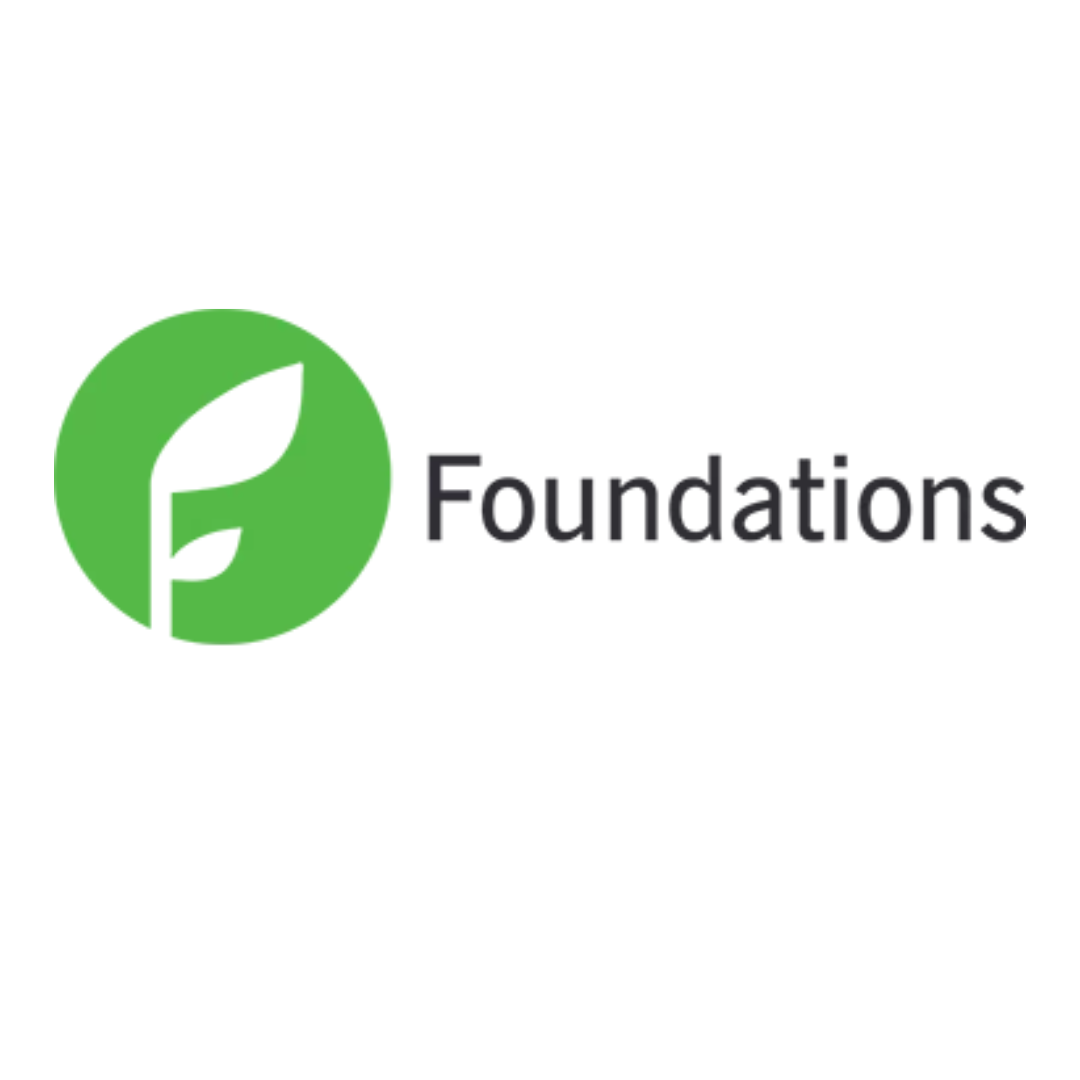

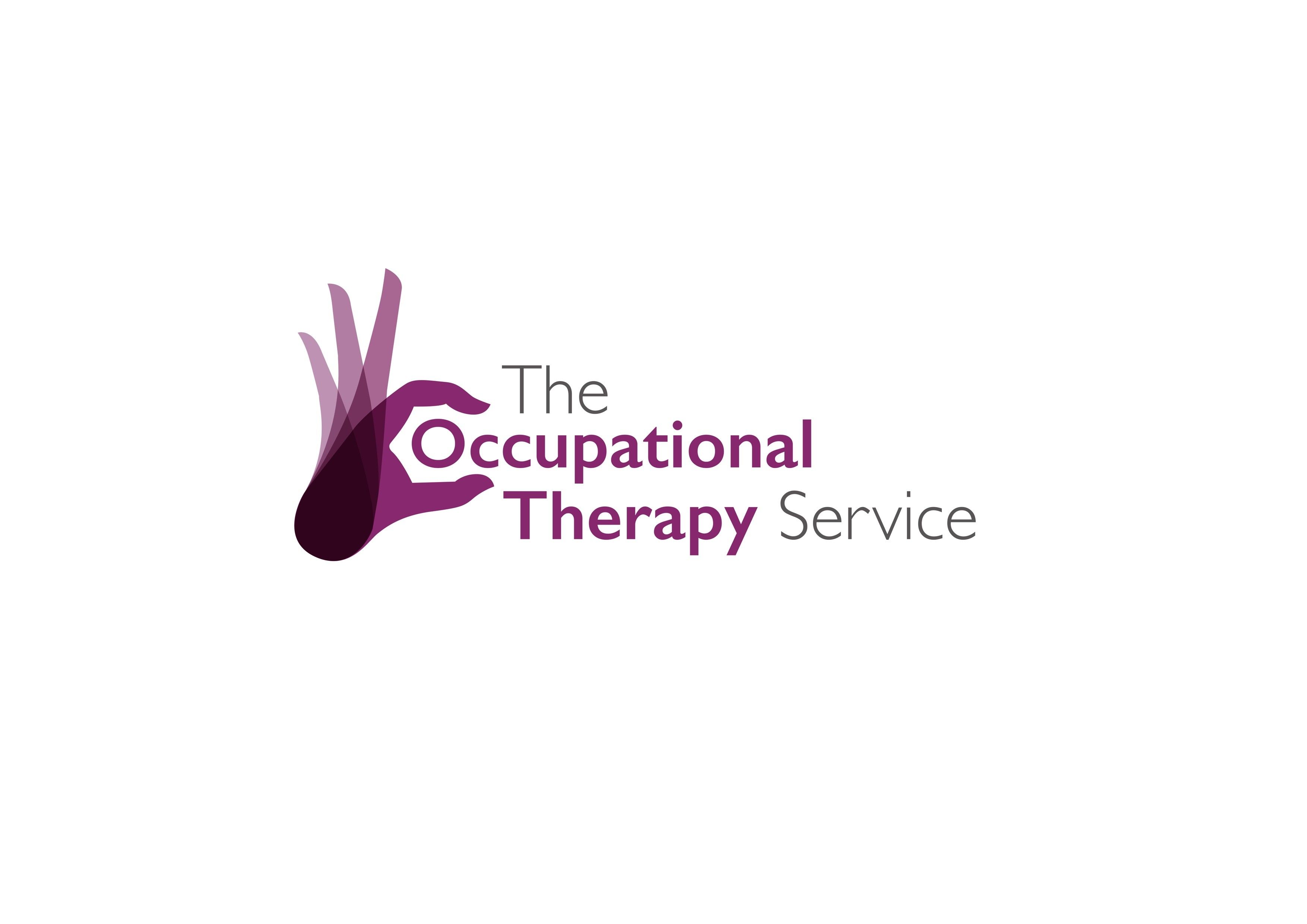
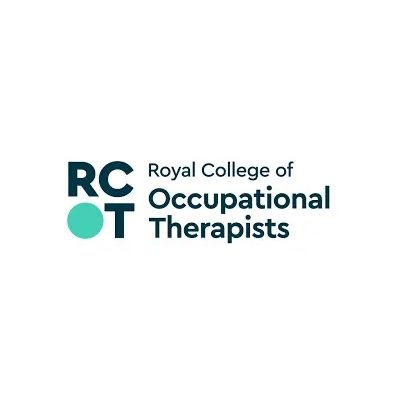

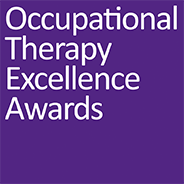
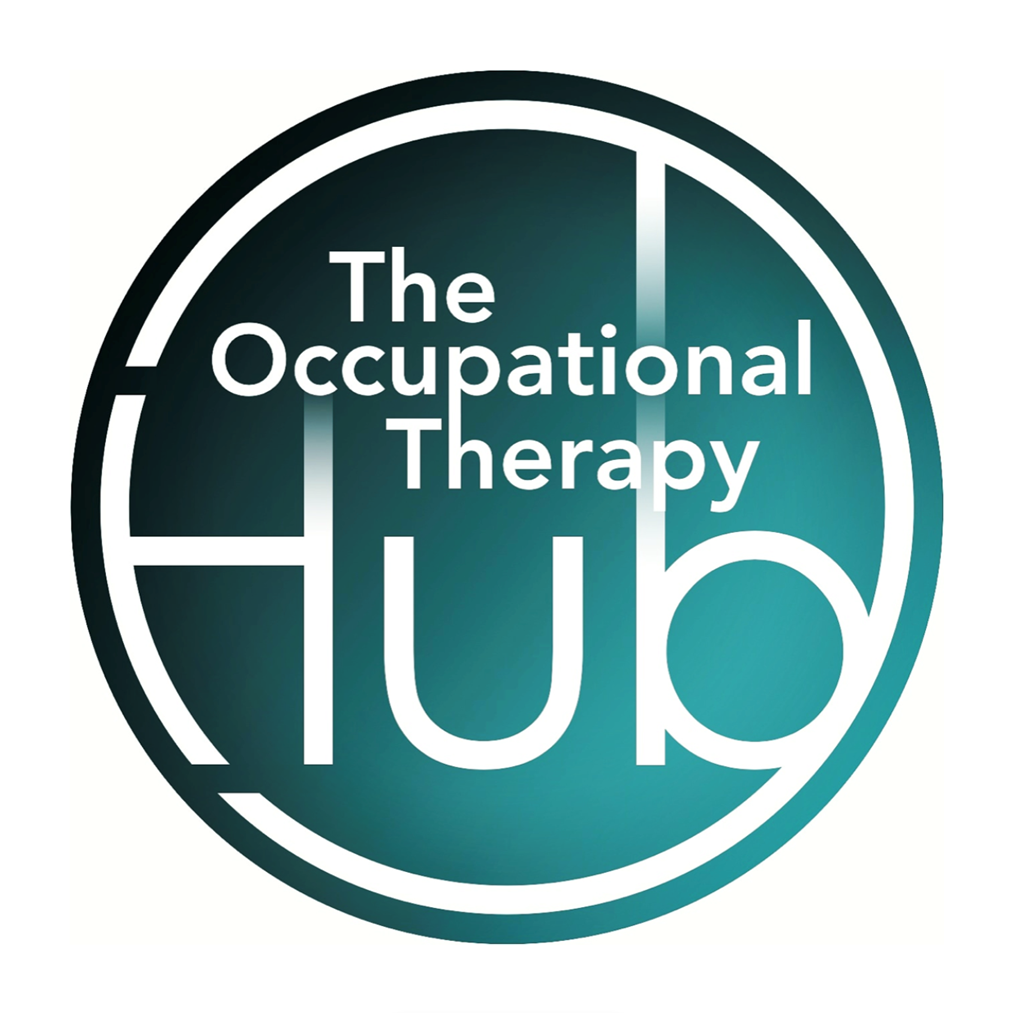

)

